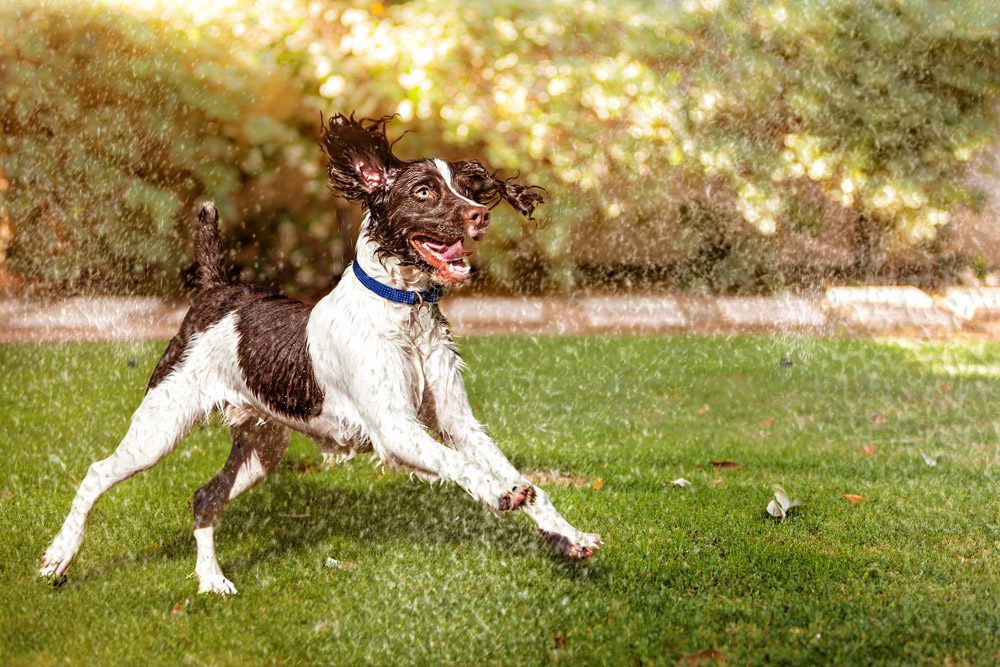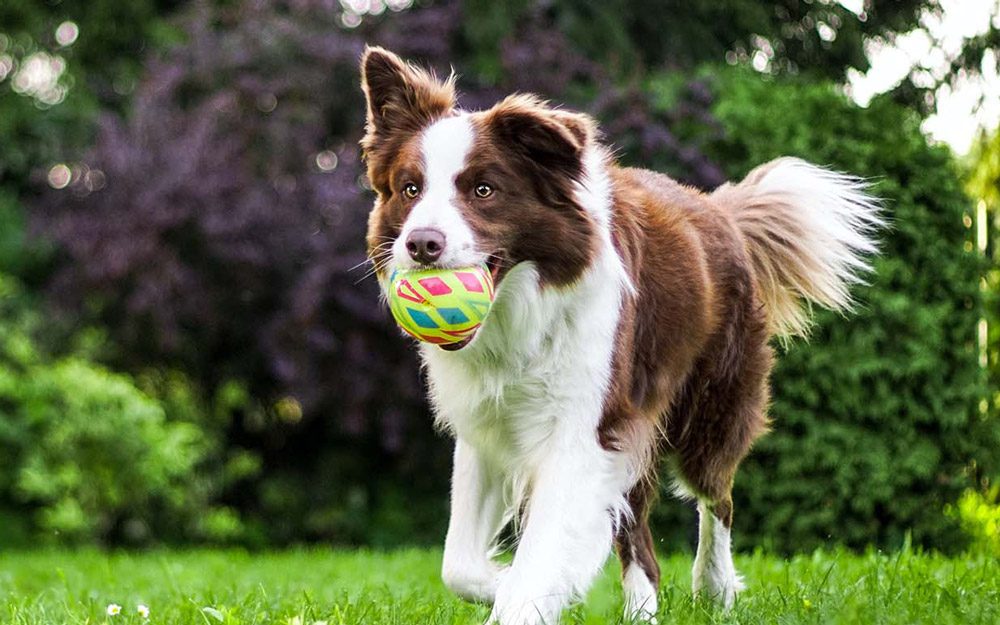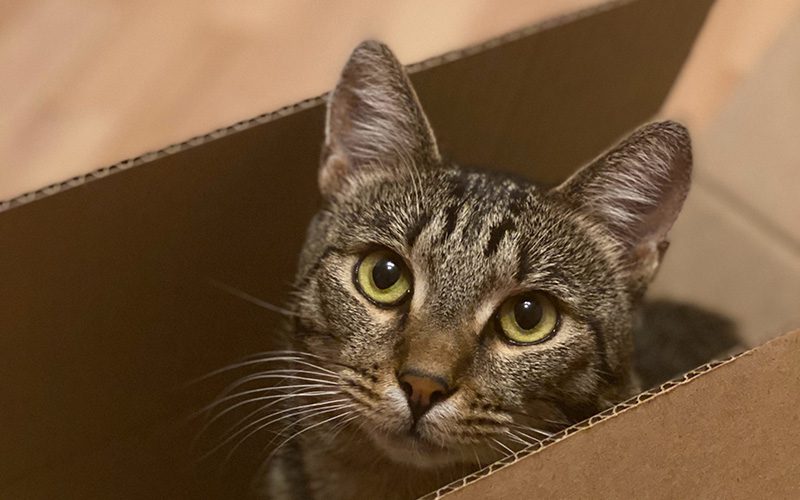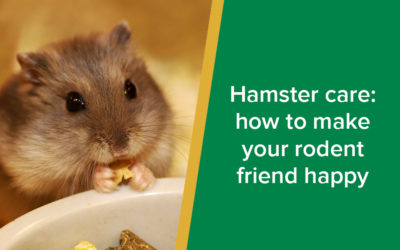Running around, moving, and exploring is an instinctive part of a cat and dog’s life, and is fundamental to their physical – and mental – wellbeing. It keeps them in shape, maintains muscle tone and regular activity means they’re less likely to suffer from behavioural issues, obesity, and arthritis.
But how do we know if our pets are getting enough exercise? And how do you even START exercising a cat?

Exercising Dogs
When it comes to dogs, the amount of daily exercise they need depends largely on their size and breed, age, and health. Within these categories, there are also personality variations – just like humans, some dogs are more energetic than others and have more excitement to burn off!
As a rule, dogs should be able to run and play freely for between 30 minutes to two hours, spread across two walks a day. Smaller breeds such as chihuahuas and miniature dachshunds need the least with Retrievers, Labradors and Weimaraner’s (generally working dogs) needing the most. Flat-faced breeds such as Pugs and Bulldogs need as much exercise as other dogs but can sometimes struggle to breathe due to the shape of their face. If this is the case, you could try shorter but more frequent, less intensive sessions.
Exercising Puppies
Puppies – no matter what breed – need to slowly build up to their exercise requirements to protect their joints. As your dog becomes a senior, the same might need to happen in reverse as you keep a careful eye on their joint health and stamina. Just go at their pace and don’t force them to exercise for longer than they’re comfortable doing so.
Exercising Cats
Cats are a different animal! They do usually look after their own needs, but if you have an indoor cat or if they would benefit from shedding a few pounds or working on mobility, then a twenty-minute interactive play session once a day is an excellent starting point. You can gradually increase the frequency of these if they’re tolerated, and they can do wonders.


Need further advice?
If you’d like to discuss any health, behavioural or dietary issues with us, book an appointment, and we’ll do everything we can to help.
Get UNLIMITED consultations
Remember that our Premier Pet Club members get UNLIMITED consultations at no extra cost, so if you need to see a vet to discuss your pet’s behaviour, weight issues, exercise, or anything else, you’ll have total peace of mind knowing you can book an appointment whenever you need to.


